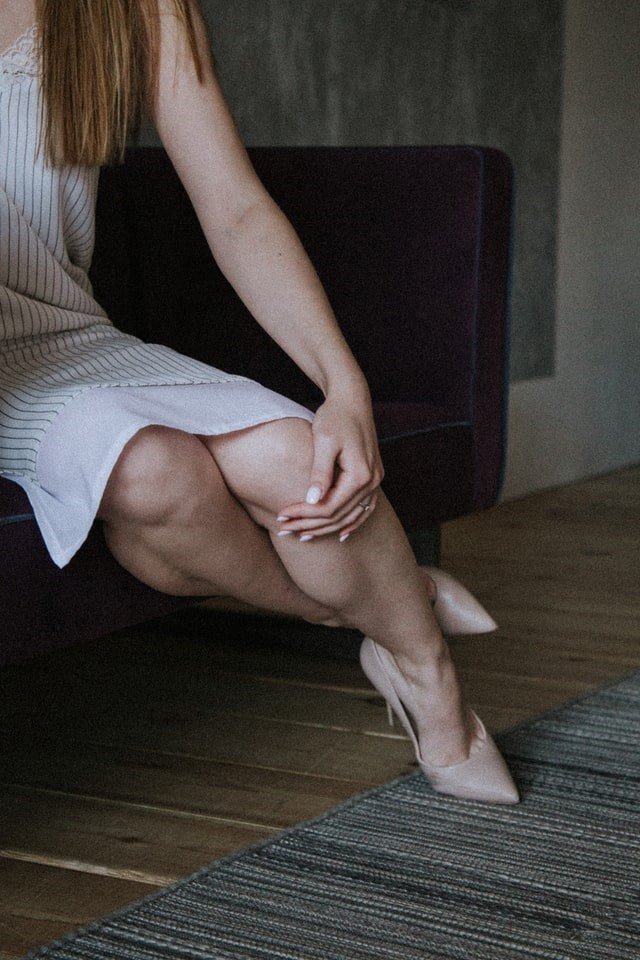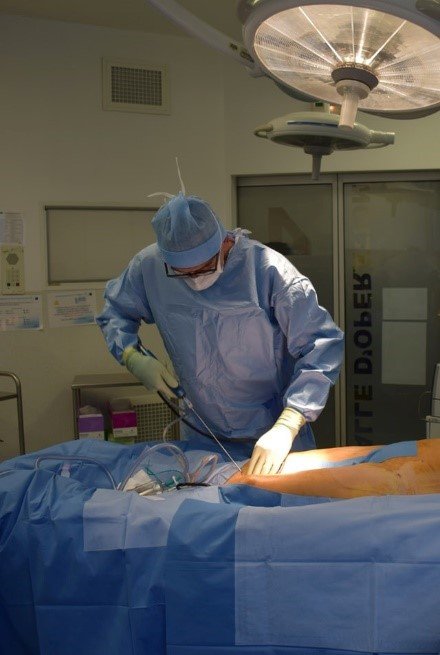How Do Varicose Veins Form?
Varicose veins are the result of problems in the veins. When a vein is stretched too much, it gets damaged. The veins swell and fill with fluid, causing them to turn blue or purple. Varicose veins can be caused by pregnancy, obesity, genetics, or prolonged sitting periods.
When blood vessels are damaged, it can cause serious problems in whatever tissue or organ is supplying that blood vessel. The damage usually happens on the outside layer of the vein, which is called the tunica adventitia. The injured inner layer then starts leaking, leading to a hematoma.
This can lead to a number of different complications such as pain and swelling, but one of the most noticeable effects is that they start to bulge and look like cords.
Symptoms of Varicose Veins and Ways to Prevent Them
Varicose veins are enlarged, twisted veins that can be found on the surface of the skin. They usually form on the legs and stomach due to a problem with blood flow. They can be divided into two types: superficial or deep-seated. Superficial varicose veins are those that form near the surface of the skin and may not cause any symptoms. The deep-seated type is caused by valves that do not work correctly which causes the vein to fail to return blood from the legs back to the heart.

Superficial varicose veins can cause many symptoms such as painless bluish-purple swelling, itching, burning sensation, pain in the legs when walking or standing up, varicose eczema, or hemorrhoids. You should start the prevention of varicose veins by wearing supportive stockings around your feet and calves for 12 hours a day.
The symptoms of deep-seated varicose veins can include; swollen, painful, or cramping legs; skin that is shiny and thin; spider veins under the skin that may break open and bleed; varicose vein thrombosis which is an accumulation of blood in the foot. Vascular specialists perform treatment on deep-seated varicose veins through surgery or sclerotherapy.
1) For people with only one or two symptoms, doctors may recommend exercise to improve circulation and self-management strategies to relieve symptoms.
2) If you have more than three symptoms of deep-seated varicose veins, your doctor will likely recommend surgery to remove the vein.
The Different Types of Treatment for Varicose Veins
Varicose veins are a common problem. Usually, they are caused by an obstruction in the vein valve or blood vessel due to decreased elasticity of the veins.
There are four types of treatments for varicose veins:
1. Sclerotherapy –
Varicose veins are abnormal, swollen veins that bulge outwards near the surface of the skin. They can be present anywhere in the body but usually occur in the legs.
Sclerotherapy is a procedure to treat chronic or painful varicose veins by injecting them with a sclerosing agent – usually sodium tetradecyl sulfate (STS). As this agent irritates and damages the vein wall it causes scarring which prevents blood from flowing through them, leading to their collapse.
The procedure itself is painless and only takes about 10 minutes. The patient will then need to wear compression stockings for two weeks afterward which helps reduce post-operative swelling.
2. Laser treatment –
The use of laser treatments is becoming increasingly popular for varicose vein treatment. They are the best option when the condition is not severe or it is in an area that can’t be reached through surgery.

Laser treatments are being used for treating varicose veins. They are the most appropriate option if there isn’t a severe case of varicose veins or it is in an area that cannot be reached through surgery.
Laser treatment for varicose veins is a relatively new technology. The laser beams are used to heat up the blood vessels in the leg using infrared light. This process destroys the tissue in the vein wall, which reduces or eliminates blood pooling in the vein.
3. Radiofrequency Ablation –
Radiofrequency ablation can be used to treat varicose veins. The procedure involves the insertion of an electrode into the affected vein through a small incision in the skin. The heat destroys the vascular tissue that is responsible for creating the bulging vein. The process also seals off any retracted areas of veins that are still open.
The procedure is done without any cuts or stitches and takes less than an hour to complete. Because of this, patients often report feeling minimal pain during the process and no discomfort after their treatment.
4. Endovenous laser ablation –
Endovenous laser ablation is a technique for removing varicose veins. It is the first choice of treatment for larger, superficial, and protruding veins. This minimally invasive procedure is less painful and has a quicker recovery time than other treatments.

The procedure is to first insert a thin tube into the vein to the level of the clot. The laser fiber is then inserted through this catheter until it comes out on the other side of the clot, where it heats up and destroys the vein wall. The heat generated by this process closes off blood flow in that area, causing all clots to be eliminated from that location.

